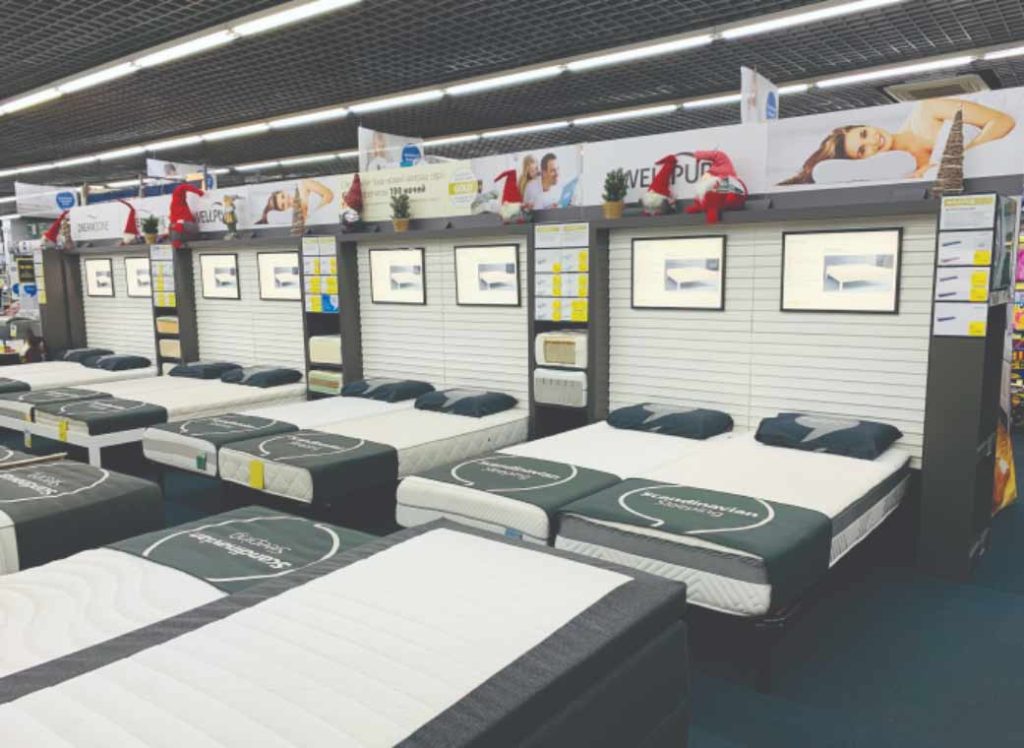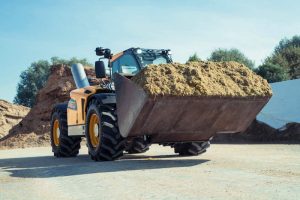Enhancing Mattress Durability and Hygiene with Fabric Welding

Fabric welding in mattress manufacturing and for other materials provides the highest standard of durability, hygiene, and the integrity of the finished product. There are many different products and industries where fabric welding is utilised to the fullest, from sealing packages, to tarps, inflatables, the manufacturing of shades, and of mattresses for a whole host of applications. Industrial fabric welding is the best way to ensure the seam strength that keeps the materials together. There are a few different fabric welding techniques that you may see used in various applications. Let’s take a look at each.
Types of fabric welding
Fabric welding comes under the following options of techniques, and there are continued examples of innovation in fabric welding and robust materials that can be created:
Industrial hot air welding – this is where precise heat, pressure, and speed, is used to create a fabric seam that is extremely secure. It can fuse thermoplastics together to create seams designed for the long-haul. This technique allows for unique shapes and requirements to be met.
Hot wedge welding – again, a technique that utilises pressure and extreme heat. This is where a hot wedge is positioned at the welding point, with the material pulled across it to create the seam. This is used well for thick materials such as signs, banners, tarps, and tents.
Impulse welding – a hot-bar method where welding machines are equipped with two impulse-heating bars that apply pressure and heat as the fabric is pulled through the top and bottom bars. It produces clean seams.
Radio frequency welding – RF welding uses radio frequency energy to heat materials from the inside out, and there is no limit to the material thickness using this method.
The benefits of fabric welding
There are a few reasons why fabric welding is used over conventional sewing methods within mattress manufacturing and other industries.
Greater durability – where there is a stress-prone application, such as healthcare mattresses that are in almost constant use, the use of fabric welding provides a stronger seam that is durable and can withstand heavy, consistent use over many years.
Waterproof – a waterproof, airtight seam is crucial as it provides protection from moisture and damage that can cause long-term problems to the quality of the mattress and its comfort.
Sustainable – fabric welding is a sustainable practice compared with traditional methods, as it eliminates thread waste and reduces overall material waste as a result.
The strength of the seam is one of the most important aspects when choosing a mattress manufacturing supplier. The best fabric welding technology ensures the integrity of the seam, and leads to enhanced durability and hygiene, which are key factors for a high standard of mattress. No matter what setting the mattress is to be used in, whether domestic, hospitality, or healthcare, it’s important that there are high levels of hygiene standards and that it is designed and manufactured to last for many years without a dip in quality or comfort. Find a supplier of mattresses that utilises modern fabric welding techniques to offer comfort, durability, and high levels of hygiene in every mattress product, reliable, consistent, and cost-effective for a range of purposes.






